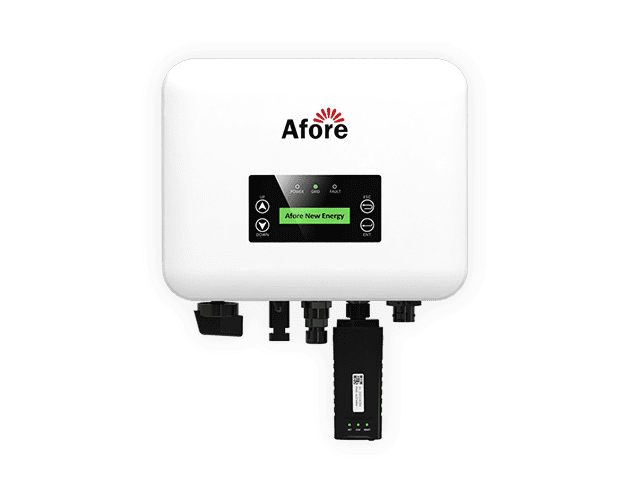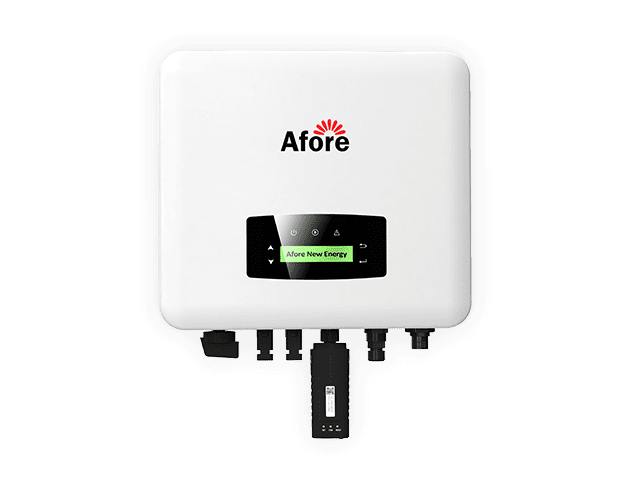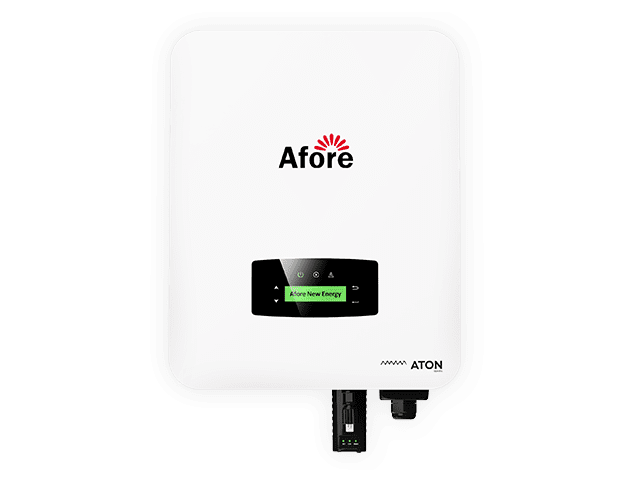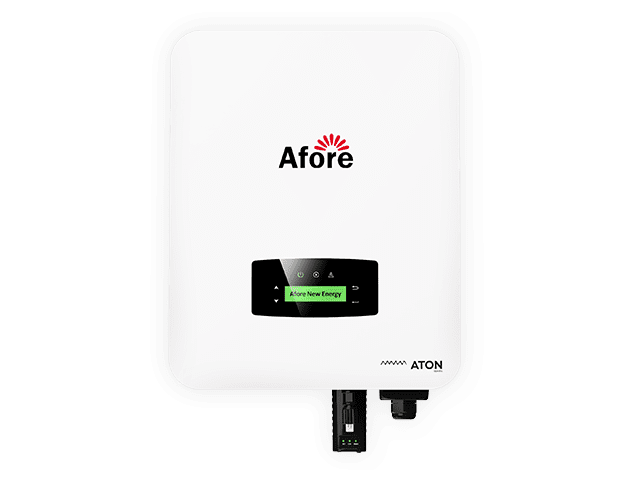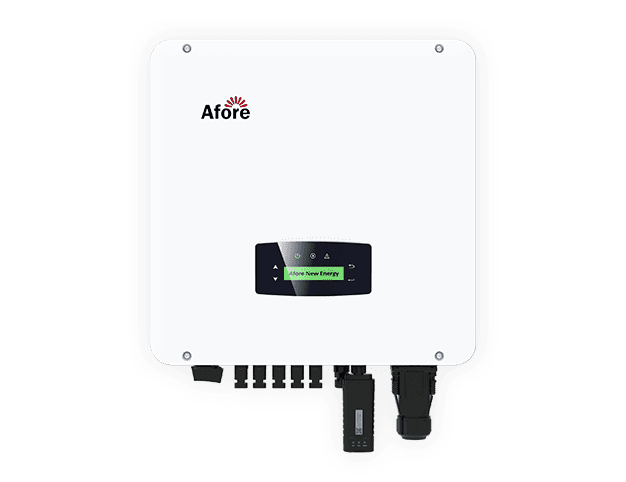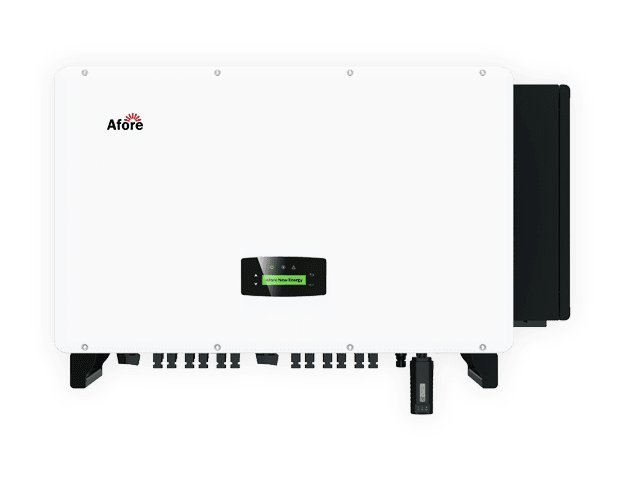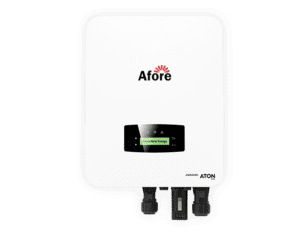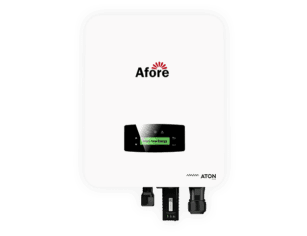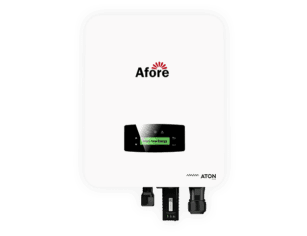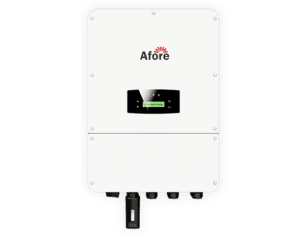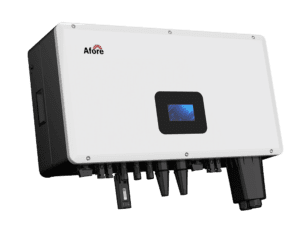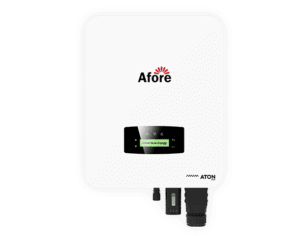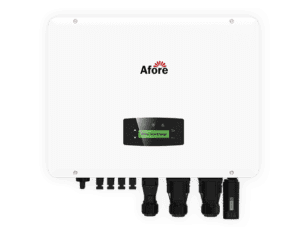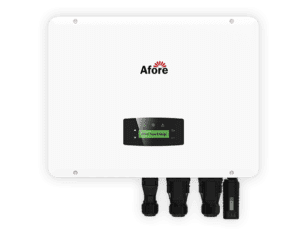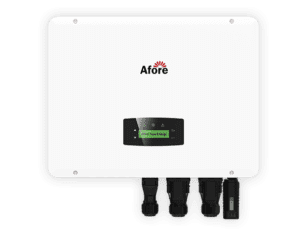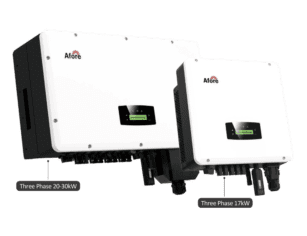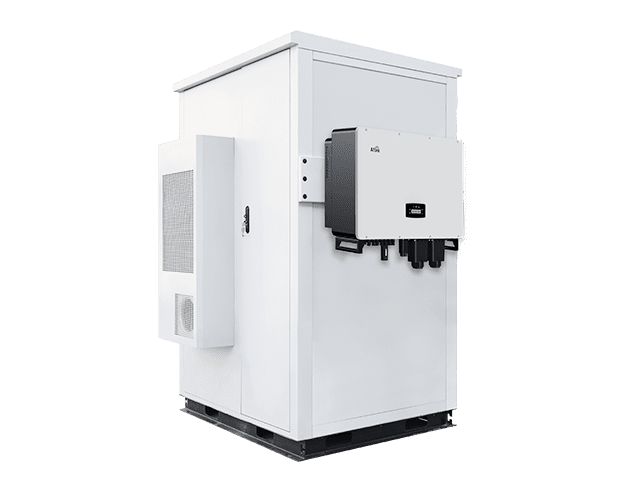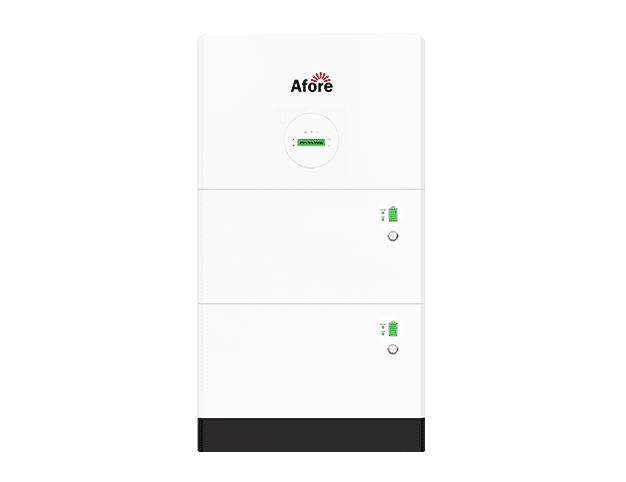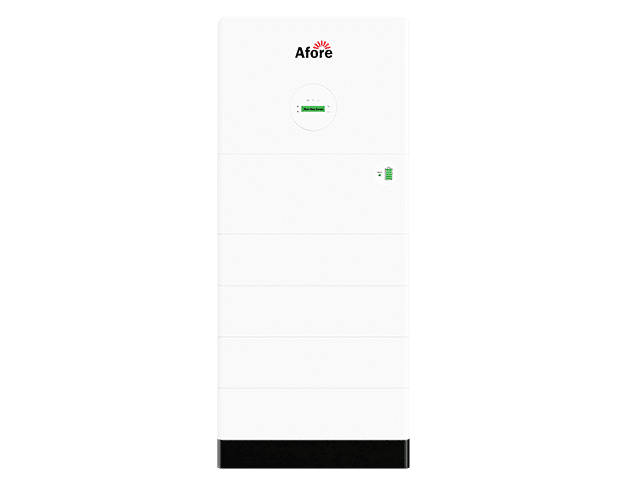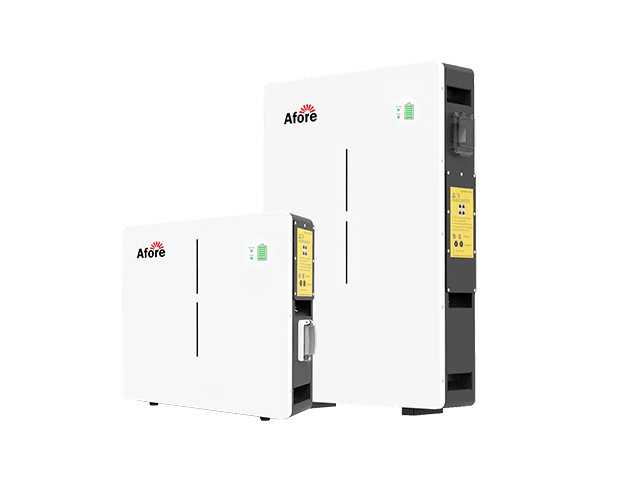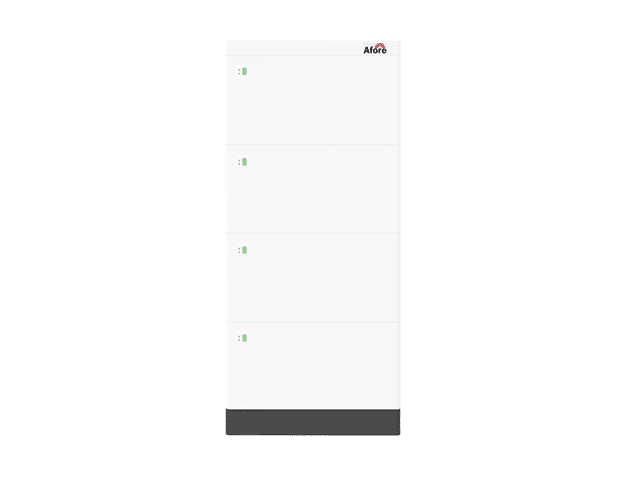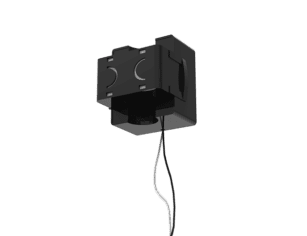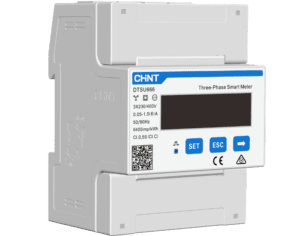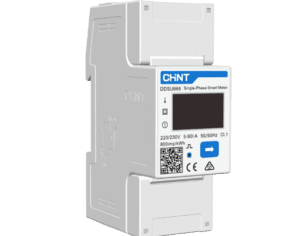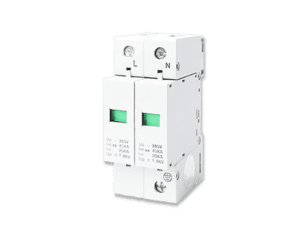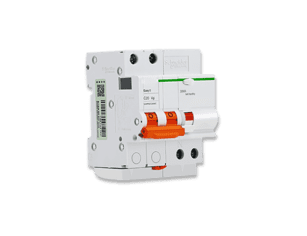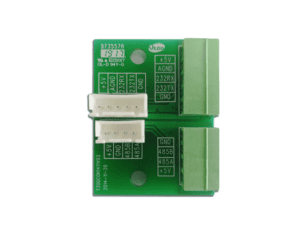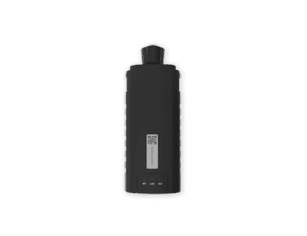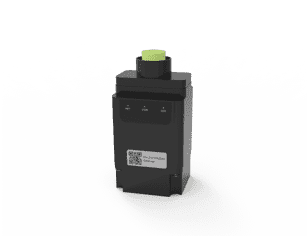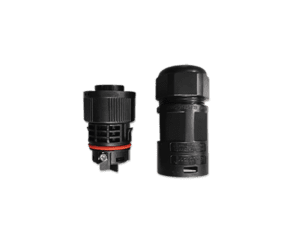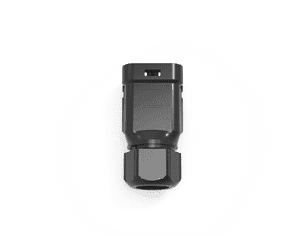Best Solar MPPT Charge Controller Guide for Efficient Systems
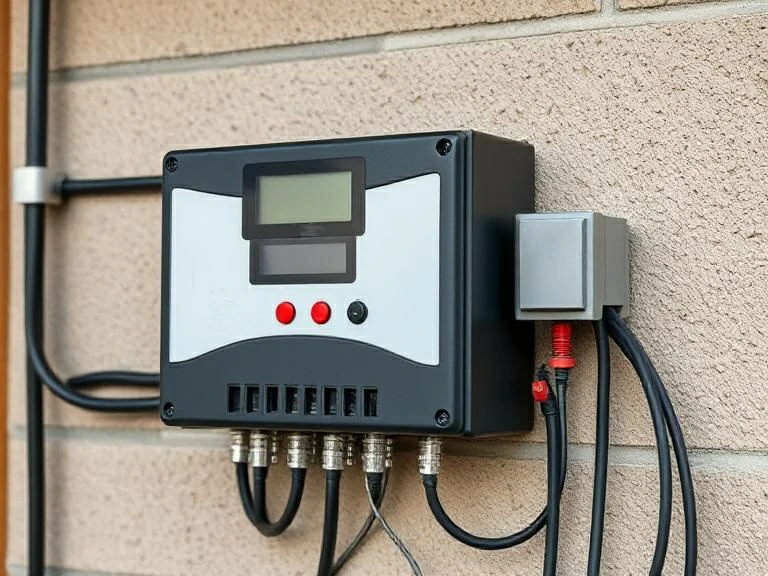
Índice
When installing a solar power system, there’s one particularly critical component, and that’s the solar MPPT charge controller. This thing is so important, it allows the energy from the solar panels to be transferred smoothly and efficiently to the battery storage system. The solar MPPT charge controller uses MPPT (Maximum Power Point Tracking) technology. Even if the conditions are not so good, it can help to maximize the energy output of the solar panels.
In this super practical guide, we’ll reveal everything you need to know about solar MPPT charge controllers! From how it works to choosing the right system size, we’ve got it all covered. We have covered all the key points you need to know when choosing a solar panel charge controller. Giving you the peace of mind you need to make the best choice!
What is an MPPT Solar Charge Controller?
Definition of MPPT Solar Charge Controllers
A solar MPPT charge controller is a device that optimizes the power output from your solar panels. MPPT stands for Maximum Power Point Tracking, which is a technology used to extract the maximum possible energy from the solar panels. The solar MPPT charge controller continuously tracks the voltage and current output of the solar panels and adjusts the charging voltage to match the battery voltage. This allows for more efficient energy conversion, particularly when solar panel conditions are not optimal.
How MPPT Works
The solar MPPT charge controller is so smart that it constantly monitors the amount of power being generated by the solar panel and constantly adjusts the operating point to maximize the output of the panel. Be aware that solar panels are not capable of producing that much power steadily throughout the day. It depends on the angle of the sun, the temperature, and the presence or absence of shading. An MPPT controller comes in handy because it dynamically adjusts the voltage to steadily meet the charging needs of the batteries, making sure your solar system is always operating at peak efficiency.
Advantages of MPPT Over PWM Controllers
Although MPPT controllers are more expensive than pulse width modulation (PWM) controllers, the advantages are obvious!
- Higher Efficiency: MPPT controllers are more efficient than PWM controllers and can increase the efficiency of a solar system by up to 30%! Especially in low light conditions.
- Better for Larger Systems: MPPT controllers are ideally suited for large solar systems! For example, systems with two or more solar MPPT charge controllers are especially suited to the MPPT controller. This is because of its high capacity and excellent optimization capabilities!
- More Flexible with Panel Configurations: The MPPT controller is great, it can handle a variety of solar panel configurations and is very flexible, no matter what the setup!
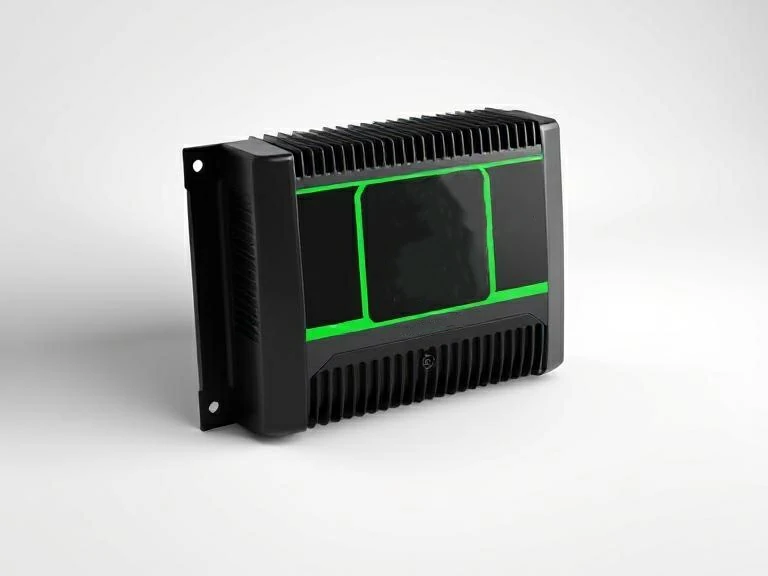
Why You Need an MPPT Charge Controller for Solar Panels
Maximizing Solar Panel Output
When you use a solar panel charge controller, its main role is to regulate the energy coming from the solar panel to prevent the battery from overcharging. However, not all charge controllers are created equal. MPPT charge controllers optimize the performance of your solar panels by ensuring that the voltage and current from the solar panels are always at their maximum power point. This translates to a higher energy output, which is crucial for both off-grid and grid-tied solar systems.
Efficiency Benefits of MPPT Technology
One of the biggest advantages of using a solar MPPT charge controller is efficiency. Compared to PWM controllers, MPPT controllers regulate the operating voltage so that the solar panels always operate at full power. This technology is especially suitable for the environment of the sun sometimes and sometimes, like cloudy or shade, other controllers may not be able to do anything, MPPT controller can still play a steady strength.
Why MPPT is Ideal for Larger Systems
It would be a good idea to look for a good way to make the most of the energy output if you have two or more solar panel charge controllers installed in your solar system. MPPT charge controllers are particularly well suited for larger systems, and they can handle a wider range of voltage inputs from multiple solar panels. This allows your system to operate efficiently even if the total voltage from the solar panels is higher than the battery voltage.

Types of Solar Charge Controllers
MPPT vs PWM
The two most common solar mppt charge controllers are MPPT and PWM (Pulse Width Modulation). Although both are designed to regulate the current from the solar panel to the battery, MPPT technology offers several advantages:
- MPPT Controllers: These controllers intelligently and efficiently regulate voltage and current to maximize the efficiency of the solar panels. For those who have a lot of solar panels installed, or if the weather is changeable, they are especially useful.
- PWM Controllers: These controllers are simpler and less expensive but are less efficient because they don’t track the maximum power point of the solar panels. They are generally best suited for smaller, less complex systems.
Hybrid Controllers
The hybrid controller is one of the greatest technological breakthroughs in solar energy management. And it combines the best of MPPT and PWM technologies into one. This ultra-creative approach allows these controllers to flexibly adjust to different operating conditions, no matter what kind of system configuration, can easily cope with, the flexibility is simply unbeatable.
Hybrid controllers take full advantage of Maximum Power Point Tracking (MPPT) technology to maximize and optimize energy extraction from solar panels. Like a tireless detective, MPPT technology keeps a close eye on solar panel output and pinpoints the maximum power point. It ensures that the system operates at maximum efficiency, regardless of the strength of the sun, the temperature, or if the light is blocked. This results in a considerable energy boost compared to traditional methods, and hybrid controllers are absolutely ideal for getting solar installations to explode in performance.
Meanwhile, the PWM function in hybrid controllers provides a powerful and cost-effective solution for managing power flow in less demanding scenarios. PWM technology regulates the voltage and current supplied to the battery or load by rapidly switching the power supply to effectively control the average output power. This method simply works well in systems where the solar panels and battery voltages work seamlessly together! This is because it reduces complexity and cost while still maintaining reliable performance.
One of the major advantages of the hybrid controller is that it can determine for itself when to use the MPPT mode and when to use the PWM mode, depending on the actual situation. The algorithm behind this smart move is very advanced. Those algorithms constantly monitor a variety of data about the system. For example, the intensity of sunlight, the battery charging stage, and the amount of power required by the load. As soon as the environment is suitable for strong power generation, the controller quietly switches to MPPT mode to peak power output. If PWM mode makes the system run smoother and more cost-effective, it switches to PWM mode. In this way, the entire system is always at its best!
This adaptability makes hybrid controllers well suited for a variety of solar applications, from small residential systems to large commercial and industrial installations.
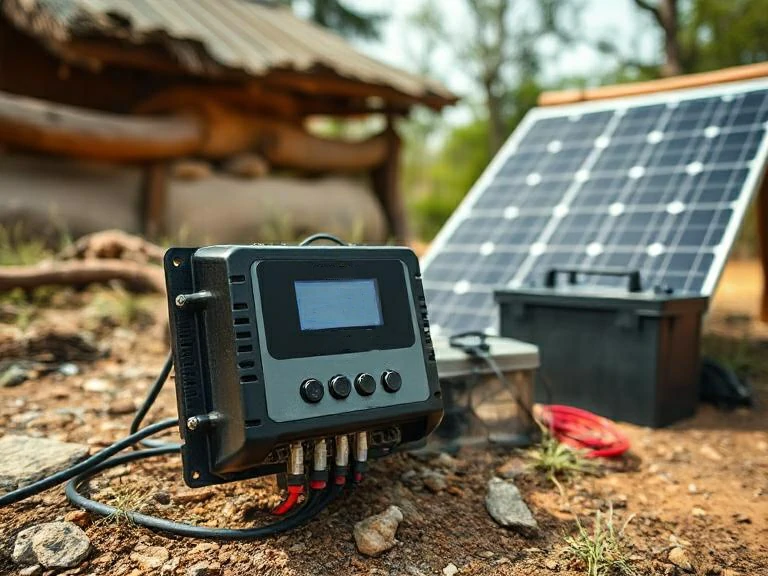
How to Choose the Right Size Charge Controller for Your Solar System
Factors to Consider When Sizing Your Charge Controller
Picking the right solar charge controller is very important to ensure that the whole system runs steadily and efficiently. Here are some key points to keep in mind when sizing a solar panel charge controller:
- Solar Panel Wattage: The total wattage of your solar panels will determine how much power your solar MPPT charge controller needs to handle.
- Battery Bank Voltage: The voltage of your battery pack has to match the output voltage of the charge controller so that they are compatible.
- System Voltage: Gotta make sure that the voltage of the charge controller and the solar system are matched so as to prevent it from any possible damage.
What Size Charge Controller Do I Need for 2 Solar Panels?
For systems containing two solar panels, sizing the required charge controller is usually simple, but several key factors need to be carefully considered. The first thing to focus on is the total power of the solar panels used. In this case, if you have two solar panels, each rated at 200 watts, the total output will be 400 watts. This total power is critical because it directly affects the capacity of the charge controller you need.
Charge controllers are designed to regulate the voltage and current coming from the solar panels to prevent overcharging of batteries and to ensure efficient energy transfer. In order to pick the right charge controller, you have to figure out how much current it has to handle. This is a simple calculation, divide the total power of the system by the voltage to get the current value in amps. For example, if your system uses a standard 12 volts, that 400-watt unit will produce about 33.33 amps of current.
Therefore, you must choose a charge controller with a current rating that is at least sufficiently high, preferably with some safety margins and efficiency margins. Also, don’t forget to consider the type of charge controller, such as PWM (Pulse Width Modulation) or MPPT (Maximum Power Point Tracking). This is because MPPT controllers are usually more efficient, especially when lighting conditions are unstable. By figuring out all of these factors, your solar panel system will run consistently and optimally.
Choosing a Charge Controller for Larger Systems
When picking a charge controller for a large solar system, you have to pick wisely. These systems usually come with several solar panel charge controllers, and we need to find a right-hand man who can manage all the power output in a steady manner. A high quality solar panel charge controller would be a must. Larger systems have to go with the kind of controller that can handle higher currents and voltages. In this way, they can easily cope with the energy coming from multiple panels and keep the system running steadily, safely and reliably.
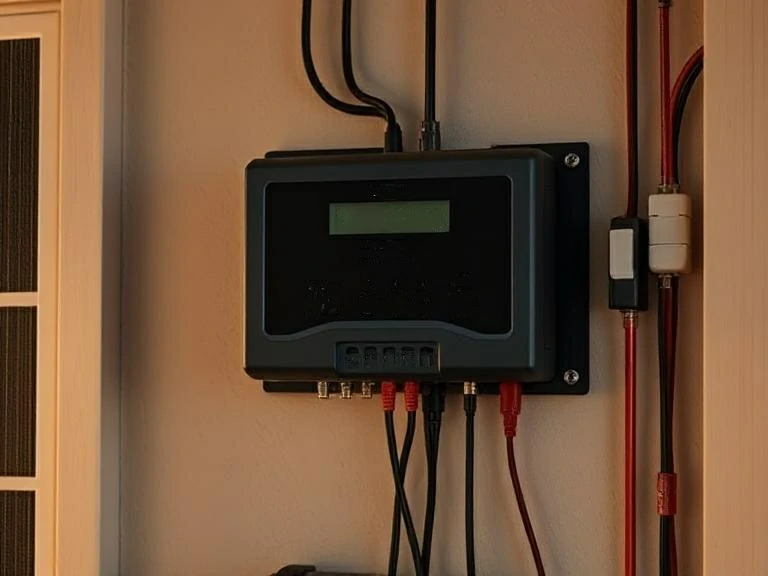
Common Mistakes When Selecting a Solar Charge Controller
Under-sizing the Charge Controller
One of the most common mistakes people make when choosing a solar charge controller is to choose a controller that is too small in size relative to the system. This is especially important when using a solar MPPT charge controller. MPPT technology is designed to maximize power extraction from solar panels, but if the controller is sized too small relative to the size of the solar array, it won’t work properly and won’t be able to effectively manage the energy output. As a result, the whole system can become particularly slow and much less efficient. Also, if the power supply is not treated properly, the components can easily break down.
Over-sizing the Charge Controller
On the other hand, a solar panel charge controller that is too big, especially one of those solar MPPT charge controllers, can cause a whole lot of trouble. Many people mistakenly believe that a larger solar MPPT charge controller will automatically improve performance. In reality, oversized solar MPPT charge controllers don’t provide any performance gains and only lead to unnecessary costs. You will be spending more on a device that does not add any value. Therefore, it is crucial that you carefully choose the right size solar MPPT charge controller for the specific power generation needs of your solar system.
Choosing the Wrong Controller for Your Panel Type
When installing a solar power system, so many people tend to make the mistake of picking a solar MPPT charge controller that simply doesn’t work with their own solar panels. You know, different solar panels, voltage and current characteristics are different, each panel has its own set of electrical temperament. The solar MPPT charge controller is specialized in managing these parameters, which can be very useful. If the charge controller does not match the specifications of the solar panels, the performance will definitely not be good. This kind of mismatch, not only will make the energy conversion efficiency greatly reduced, over time, may also be the whole system is broken. So yeah, when choosing a solar mppt charge controller, make sure it’s a tight fit with your solar panels so that the system can perform at its best.
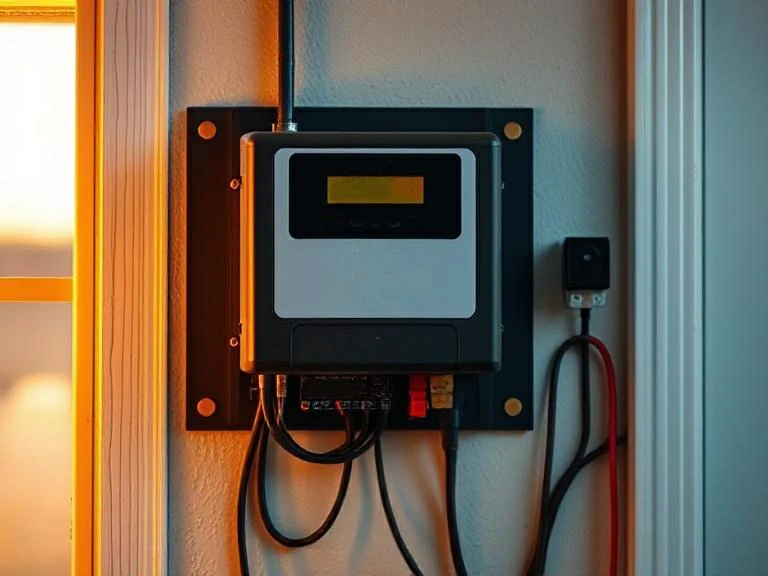
Installation and Maintenance of MPPT Solar Charge Controllers
How to Install an MPPT Charge Controller
Installation of solar MPPT charge controller this thing, look simple, in fact, the details of the requirements can be high, a little sloppy. First of all, you must carefully follow the instructions given by the manufacturer. These instructions are to ensure that our charge controller can operate normally, but also can be used for a few more years.
Wiring this piece, you have to keep an eye on it. All the ports must be firmly connected, do not have any electrical problems. Also, where you put the charge controller is very important. You have to find a well-ventilated place, otherwise it is easy to overheat.
Also, you have to protect the charge controller from rain, dust and extreme temperatures. We have to take good care of it, so that the solar mppt charge controller can always be good, no problem.
Maintaining Your MPPT Charge Controller
It’s really especially important to take care of your solar MPPT charge controller on a regular basis so that it can work efficiently all the time. The solar MPPT charge controller is like the brain in your solar power system, responsible for managing the energy. When it comes to maintenance, you can check well if there are any worn or corroded places on the solar MPPT charge controller, even a little bit of small damage will affect its performance over time. Remember to gently wipe the surface of the controller to get rid of all that dust and debris, or it might affect its work. Also, don’t forget to check if all the connections are tight, loose connections may cause electrical problems and make the solar MPPT charge controller run poorly. So, regular maintenance is really the key to keep the system running properly.
Conclusão
Choosing the right solar MPPT charge controller is a critical step in getting your solar power system up and running! You must understand the features of the various controllers, learn how to accurately size them, and then understand what makes MPPT technology so powerful so you can make a super smart choice that will get your solar power system off the ground immediately and skyrocket its performance!
When choosing a solar panel charge controller, system size, voltage requirements, and your long-term energy goals must all be considered together. Whether you have one solar MPPT charge controller for a small system or two complete sets for a larger system, the right controller can make your solar investment pay off handsomely and skyrocket your earnings! By the way, you can visit Afore if you want to check out solar inverters. Afore is a well known fabricante de inversores solares.
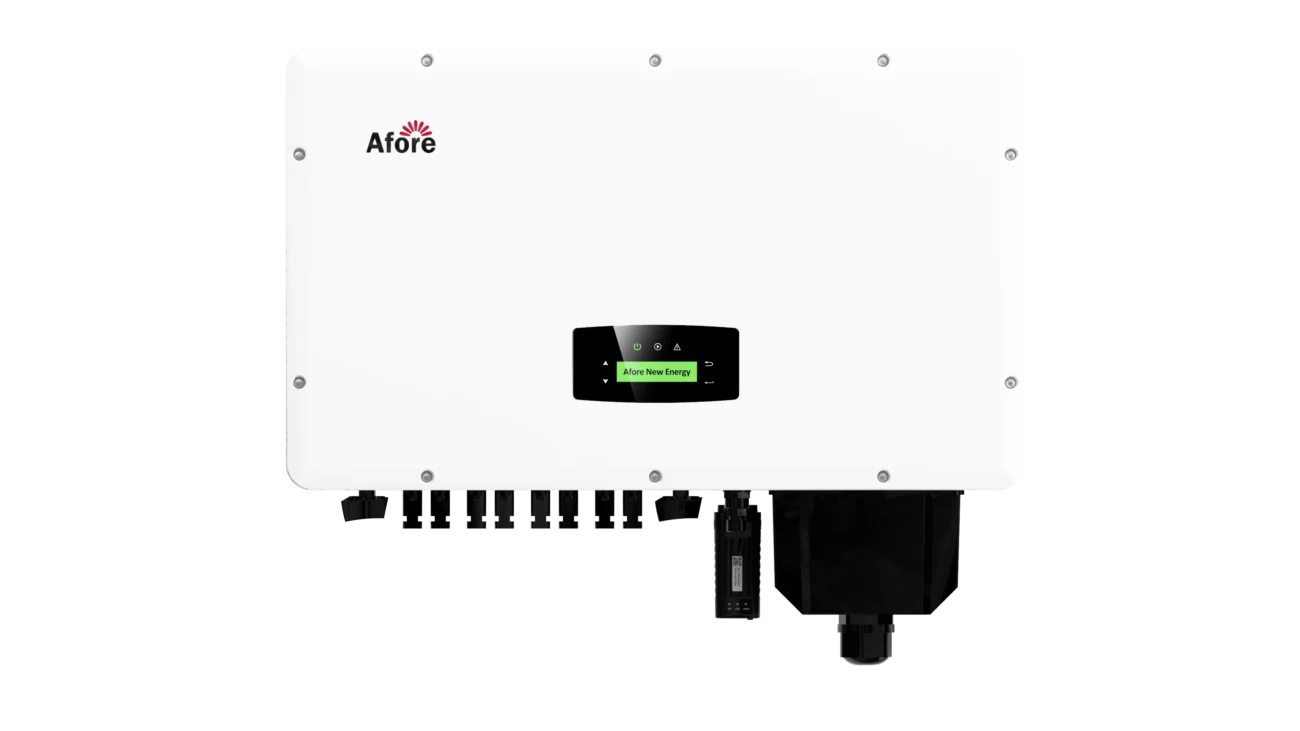
PERGUNTAS FREQUENTES
What is the Difference Between MPPT and PWM Controllers?
The key difference is in the efficiency of the MPPT controller that efficiency bar, especially suitable for use in large systems; PWM controller, relatively simple, the price is also more affordable, but the efficiency is a little low, especially when used in multi-panel system, the gap came out.
How Do I Know Which Size Charge Controller I Need?
To pick the right size, you have to figure out the wattage of the solar panels, the voltage of the battery bank, and the voltage of the whole system to get it right. Knowing these details will allow you to choose a solar mppt charge controller that meets these requirements.
Can I Use MPPT Controllers for Small Solar Systems?
Yes, MPPT charge controllers are quite appropriate for small systems, but if your equipment is particularly small, then PWM controllers may be more cost effective and cost efficient.
How Long Does a Solar Charge Controller Last?
With proper maintenance, a solar charge controller can last for many years, typically between 10 to 15 years.




